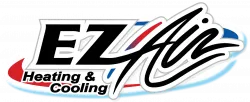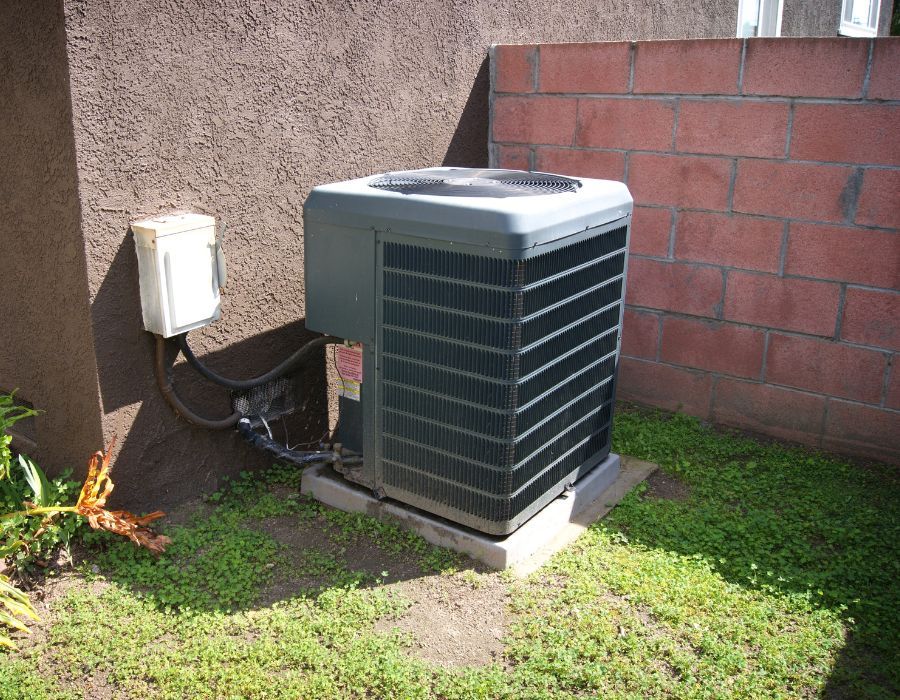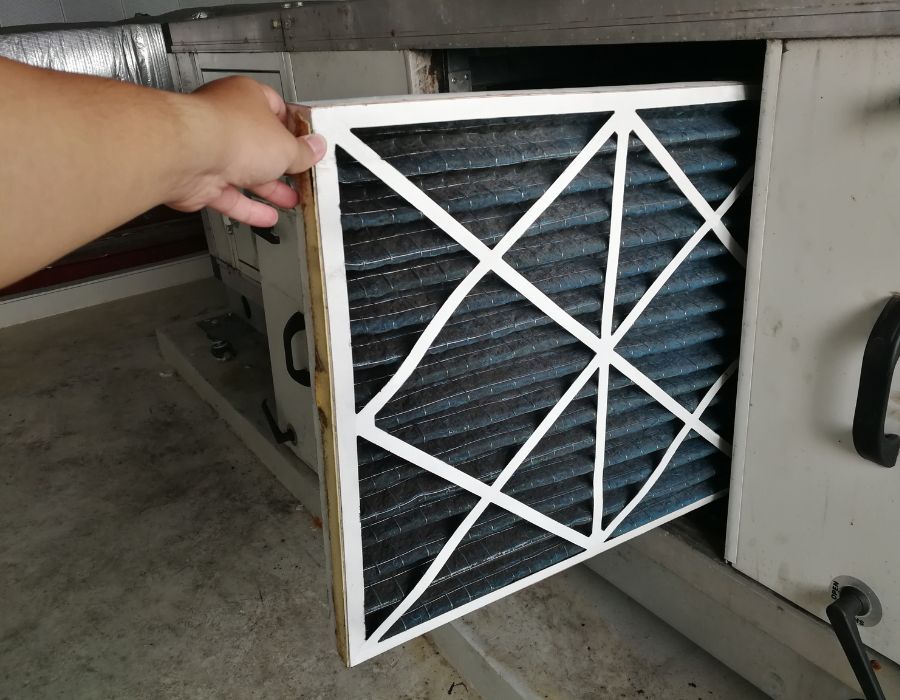What is the Average Cost of AC Maintenance in Shorewood, IL?
Homeowners in Shorewood, IL can expect to pay between $75 and $200 for standard annual AC maintenance services. The price may vary based on the type of system, service complexity, and local labor rates.
If your AC isn’t cooling like it used to or if your energy bills are rising, it may be time to schedule a maintenance visit. Regular AC unit maintenance helps prevent costly repairs, improves energy efficiency, and extends the lifespan of your cooling system. More importantly, it ensures a comfortable home environment, especially during the hot Illinois summers.
In this blog, we’ll cover the average AC maintenance cost in Shorewood, IL, the factors that affect pricing, the benefits of routine service, and answers to commonly asked questions. By the end, you’ll be equipped with the knowledge to make the best decision for your cooling needs.
Factors that Influence the Average Price of AC Maintenance in Shorewood, IL
The price of AC maintenance can differ widely based on a variety of factors. Understanding these factors will help you plan and budget more effectively.
1. Type of Air Conditioning System
The complexity of your AC system directly impacts the maintenance cost. Standard central air conditioning units typically cost between $75 and $150 for a routine checkup. Ductless mini-splits may cost $100 to $200 due to their multiple indoor units, while larger systems like commercial HVACs or high-efficiency models could run upwards of $250.
2. Age and Condition of the Unit
Older systems tend to require more thorough inspections and additional cleaning or repairs. If your AC is over 10 years old, expect to pay closer to $150-$200 per maintenance visit due to the extra attention required to ensure optimal function.
3. Extent of Service Needed
Basic maintenance, such as filter changes, refrigerant checks, and thermostat calibration, falls within the $75-$125 range. More comprehensive services, such as checking and tightening electrical components, inspecting ductwork, or cleaning evaporator coils, can increase the price to around $150-$200.
4. Seasonal Demand and Scheduling
Booking an appointment during peak seasons (especially late spring or early summer) can influence the cost. Some AC maintenance services in Shorewood, IL, may charge a premium during busy times, adding $25-$50 to the base rate. Scheduling during the off-season (fall or early spring) often results in lower prices and more flexible appointment availability.
5. Service Package vs. One-Time Visit
Many AC maintenance and service providers offer annual maintenance packages that include bi-annual inspections, priority service, and discounts on repairs. These packages typically cost $150-$300 per year, which can be more economical than scheduling individual visits at $100-$150 each.
6. Technician Experience and Company Reputation
Highly rated companies or NATE-certified technicians may charge more, around $150-$200 per visit, but they often provide more thorough and reliable services. While budget providers may offer lower rates, the level of expertise and attention to detail can vary.
7. Location and Local Labor Costs
AC maintenance in Shorewood, IL, is influenced by regional labor rates and cost of living. In comparison to rural Illinois, the Chicago suburbs tend to see slightly higher pricing, with an average service visit falling between $100 and $175.
8. Accessibility and Equipment Placement
If your AC unit is in a difficult-to-access location, such as a roof or attic, the technician may charge an additional $25$50 for the extra labor involved in reaching and servicing the equipment.
9. Add-On Services
Additional services such as duct inspection, refrigerant recharge, or indoor air quality testing can add $50-$150 to the bill. Always ask for a clear list of what’s included in the maintenance service to avoid unexpected charges.
10. Emergency or After-Hours Maintenance
If you require emergency maintenance on weekends, holidays, or after business hours, expect a surcharge of $50–$100. While this isn’t standard for routine maintenance, it’s worth noting if you ever need urgent help.
Why Choose Professional AC Maintenance For Your Home?
Routine AC maintenance isn’t just about avoiding breakdowns, It’s about keeping your system running efficiently and safely. Here’s why investing in professional service is a smart move:
- Improved Energy Efficiency: Clean filters, coils, and blowers improve airflow, helping your system run efficiently and reducing energy costs.
- Extended System Lifespan: Routine tune-ups reduce wear and tear, potentially extending the life of your AC unit by several years.
- Enhanced Comfort: Regular calibration and cleaning ensure consistent cooling and humidity control throughout your home.
- Better Air Quality: Clean systems reduce indoor allergens, dust, and mold, essential for families with respiratory sensitivities.
- Fewer Costly Repairs: Catching small issues before they become major repairs can save you hundreds of dollars.
During a typical AC maintenance visit, a technician will inspect your system, replace or clean the air filter, check refrigerant levels, test electrical connections, calibrate the thermostat, and clean the evaporator and condenser coils.
Frequently Asked Questions About AC Maintenance
Q1: How often should I schedule AC maintenance?
Annual AC maintenance is recommended, ideally before the start of the cooling season. Some homeowners opt for twice-a-year service, spring and fall, for maximum performance.
Q2: Can I perform AC maintenance myself?
You can handle basic tasks like changing the air filter and clearing debris around the condenser unit. However, for full system checks and internal cleaning, professional service is strongly advised.
Q3: Does regular maintenance affect warranty coverage?
Yes. Most manufacturers require proof of annual maintenance to keep the warranty valid. Skipping service could void your coverage.
Q4: How long does a maintenance visit take?
A typical AC maintenance appointment lasts 60-90 minutes, depending on the system and service complexity.
Q5: Is AC maintenance different for older units?
Older systems may need more in-depth inspections, part replacements, and efficiency checks, increasing both time and cost.
Q6: Will maintenance improve my AC’s performance?
Yes! You’ll notice improved airflow, faster cooling, and reduced noise. Regular tune-ups also help prevent emergency breakdowns.
Final Thoughts: Keep Your Home Cool with Professional AC Maintenance In Shorewood, IL
Maintaining your AC system is more than a seasonal chore, it’s a smart investment in home comfort, efficiency, and long-term cost savings. The average AC maintenance cost in Shorewood, IL typically ranges from $75 to $200 per visit, depending on system size, unit age, service frequency, and provider reputation.
Factors like the complexity of your AC unit, whether you sign up for an annual AC maintenance plan, and whether extra services like refrigerant top-ups or air filter replacements are needed, all play a role in the final bill.
At EZ Air, we specialize in dependable, affordable, and thorough AC maintenance services in Shorewood, IL. Our trained technicians offer both one-time tune-ups and flexible annual maintenance plans tailored to your system and budget. From coil cleaning and thermostat checks to airflow inspections and refrigerant testing, we do it all, with no shortcuts and no hidden fees.
Contact EZ Air today for a free quote or to schedule your next maintenance visit. Let us help you stay cool, efficient, and worry-free all season long.










